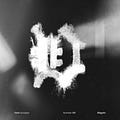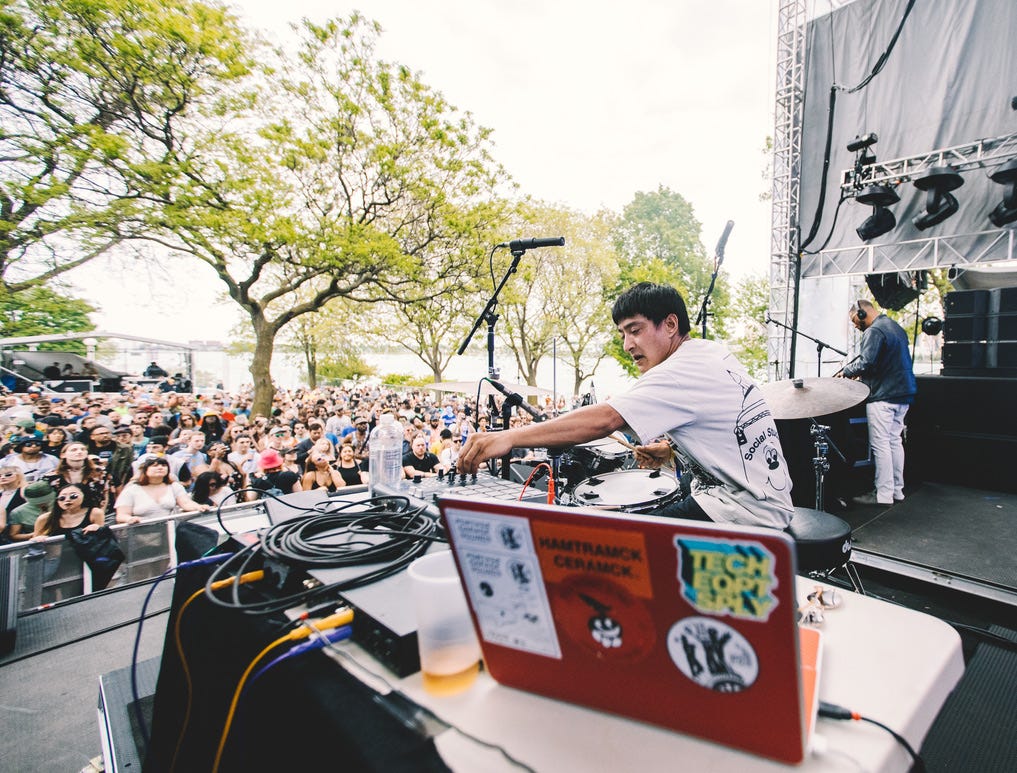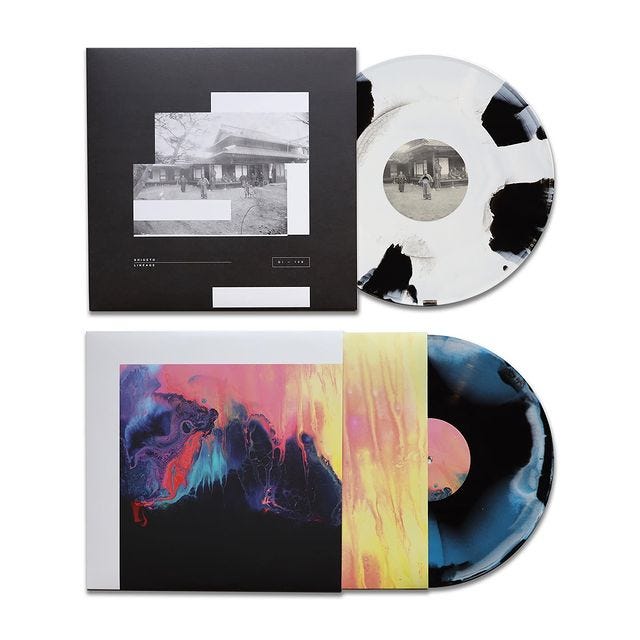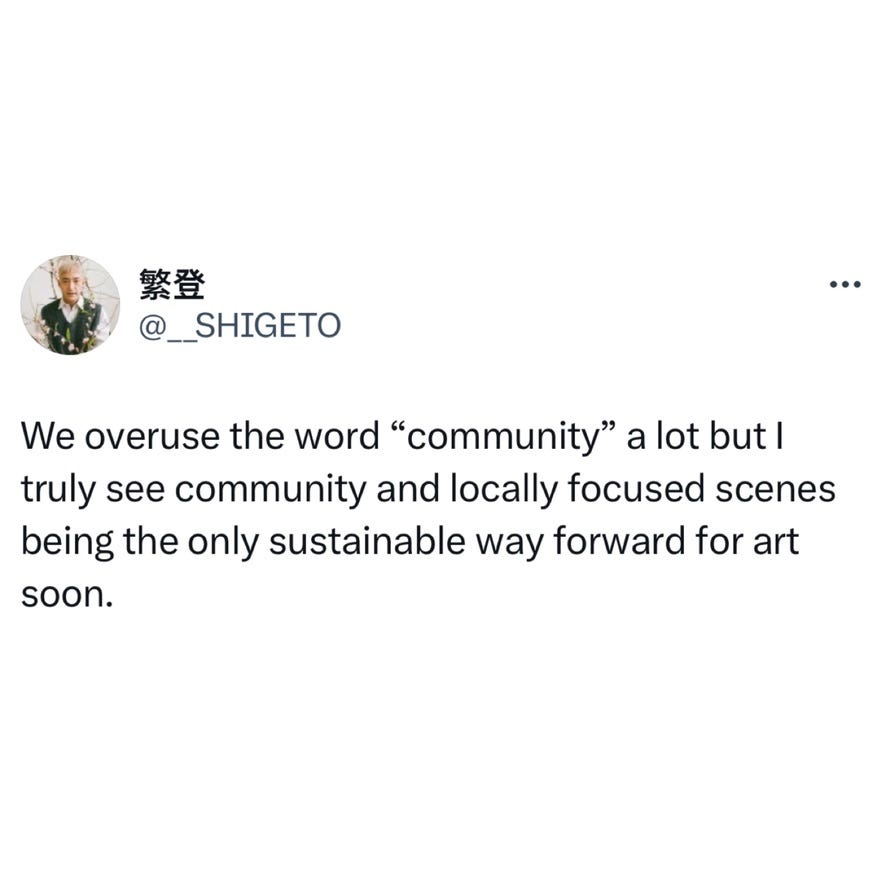Herb Sundays 131: Shigeto
Playlist: Apple Music, Spotify
Art by Michael Cina
“Can’t make a playlist that’s “me” without a lot of Detroit but this one also goes back to my teens and also some early years in NYC. Early 2000s New York jazz, Detroit jazz classics, and even Ann Arbor. Louis Smith was a trumpet player from A2 and released one record on Blue Note. It’s all jazz in the end for me.“ - Zach Saginaw (Shigeto)
The Ghostly bio, honed by Dave Sutton goes: The Detroit-based, Japanese-American musician, DJ, Portage Garage Sounds label co-founder, WDET 101.9FM host, and longtime Ghostly International artist records under the alias Shigeto. It's his middle name and his grandfather's name, a tribute to the Japanese branch of Saginaw's family tree. Shigeto also means "to grow" — appropriate, given his premature birth weight of less than a pound. Today, Shigeto stands for Saginaw's vividly beautiful electronic music. Beat-driven but given to richly textured sound design rhythmically fractured yet melodically sumptuous, Shigeto's music bridges the past and present, bringing the artist face to face with a creative legacy that spans decades.
Saginaw picked up the drums at an early age, spending much of his childhood playing in the Detroit/Ann Arbor music scene. After nearly flunking out of high school — save for his music studies — Saginaw spent three semesters studying jazz at the New School in NYC and three more in London, where he began woodshedding, obsessed with learning electronic production. Soon enough, beats materialized, Saginaw moved to Brooklyn in the early 2010s and took up the name Shigeto, and his peers and press began to take notice. Following a stint there, he returned home to Michigan in 2013 and since then has become part of the fabric of Detroit’s music scene.
My voice may dip into label mode as we’ve enjoyed working with Zach for around 15 years, but none of my hyperbole is false; I am not inclined to sell anything here. Zach Saginaw is so wrapped in my experience with Ghostly, with music and shows, that it’s hard to imagine a time without him. In some moments, Zach’s enthusiasm for the label and his reverence of the roster, like sometimes collaborators Tadd Mullinix (aka Dabrye, Herb 105) or Todd Osborn, has reaffirmed that my time with Ghostly has been worth it. He’s more of a true believer than me in darker moments, in music, in the pursuit. So while Zach claims I’ve been a spark plug for him, I could easily say the same twice over.
Zach, being just a bit younger than the rest of the original Ghostly crew, formed part of another generation of Ann Arbor-area artists who would come to our shows and claim to be inspired. It was because of this that I probably didn’t take them as seriously as I should’ve, a classic high school senior mindset when these guys were freshmen. My mistake. Luckily, Ghostly A&R Jakub Alexander (aka Heathered Pearls), who was closer in age to Zach, did and helped put out his music starting in 2008. Jakub eventually got him onto Ghostly in 2010, and his debut LP Full Circle hit that same year. I linked Zach up with
(Herb’s visual co-pilot, of course), and they began a fruitful run of some of the label’s most beloved releases, musical and visual.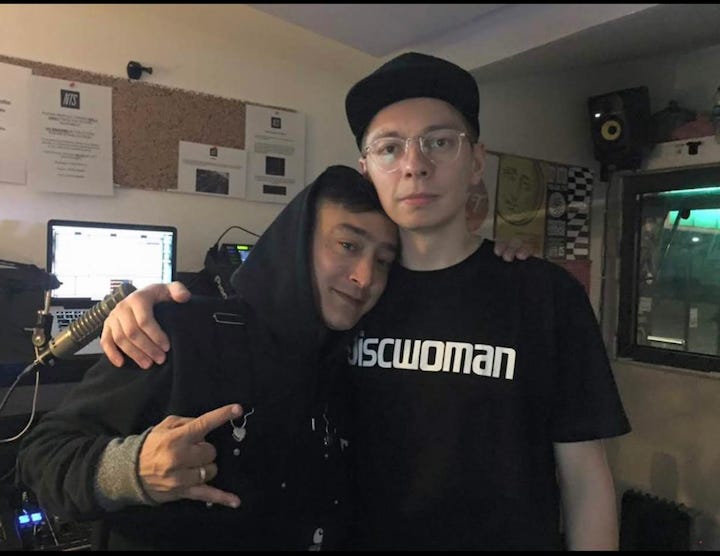
Each of Zach’s albums carries a narrative and autobiographical weight, even though they scarcely include words sung or written by Zach. The song titles carry subtle clues into Zach’s life. Full Circle (GI-129) is a patchwork of beats, jazz fills, and field recordings that found a place amongst the LA-centered “beat scene” of the time but maybe wasn’t an exact fit. Though he shared kinship with some of the affiliated artists (producers like Michigan-born Samiyam, luckyme co-founder Mike Slott, and Bristol’s Om Unit appear on the remix package), Zach, I know, was struggling to be understood outside of these descriptors.
On Lineage (GI-148, 2012), Saginaw took a huge step forward, while Cina’s art included photos taken of Saginaw’s great-grandfather's home in Hiroshima in 1916 and later at the Tule Lake Prison Camp in California, where he and his family were sent during World War II. It’s this pairing alongside Ann Arbor references (the sublime “Huron River Drive”) that feels like the beginning of Shigeto as a distinct identity, both as an alias and a concept, or a connection to past and present.
For No Better Time Than Now (GI-184, 2013), considered by some label fans to be a classic Ghostly full-length, Zach delivered the proverbial Saturn’s Return record, or the soul-clarifying, slightly pensive but majestic deliberation on the self, peering over the edge of age 30. It’s hard not to put on “Olivia” (named for the street he grew up on) without making my nose sting and my eyes water; something about that oblivion, that surrender, which informs my favorite kind of music. Zach claims I suggested he change the opener's title to “Detroit Pt. 1” instead of picking up the Ann Arbor series of titles, as he had just moved to the city. It’s an album of new beginnings, leaving behind the child (in 21st-century terms) and wading into deeper emotional water.
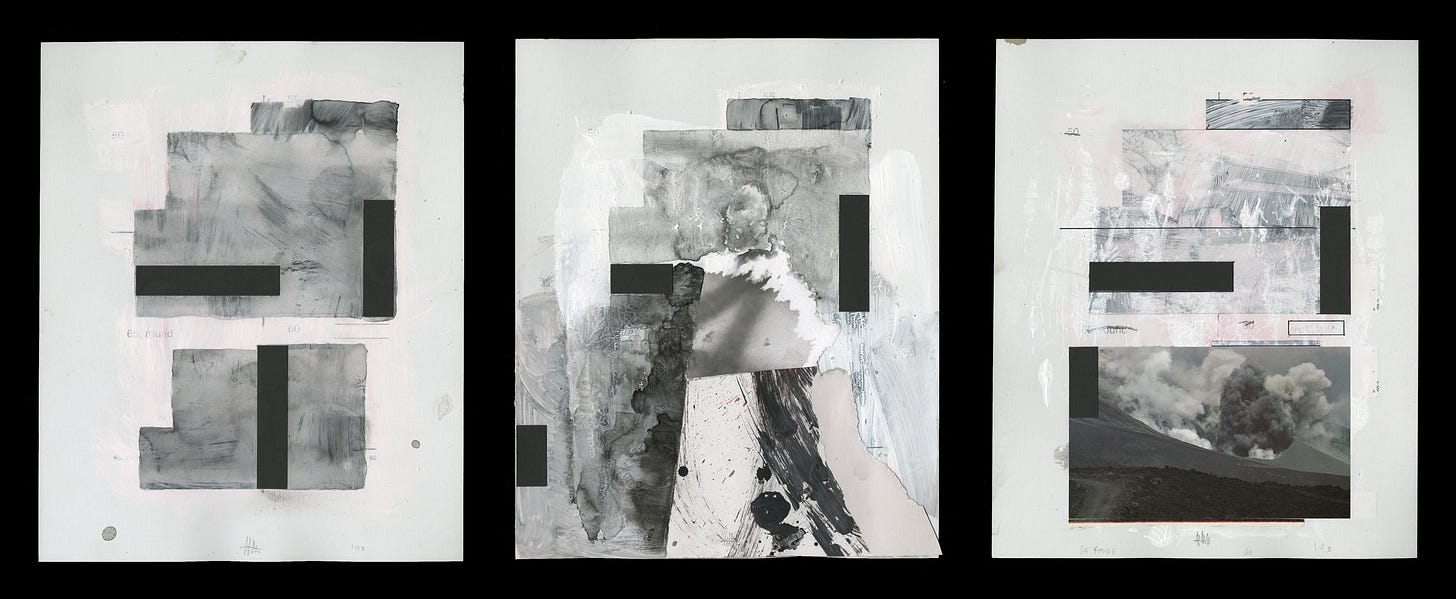
Zach found his way in Detroit by putting down label roots and founding his Portage Garage Sounds label and studio, which started with his brother Ben (Ritual Howls) and friend Vinnie Massimino (Chambray, Dais) in 2017. Already the label has spun up an amazing catalog of titles that include artists such as KESSWA, John FM, Black Noi$e, Charles Trees, Tammy Lakkis, and 2Lanes. The same year, he released The New Monday (GI-301), referencing his collaborative DJ night at MotorCity Wine (still running today) and capturing a new cadre of Detroit talent, including Bruiser Brigade affiliate Zelooperz (they collaborated as ZGTO too) and new Shigeto Live Ensemble compatriots Ian Fink (keys), Marcus Elliot (saxophone), and Dez Andrés, plus the sonic glue of Chris Koltay. The result is a genre flex that captured Zach’s entire musical worldview.
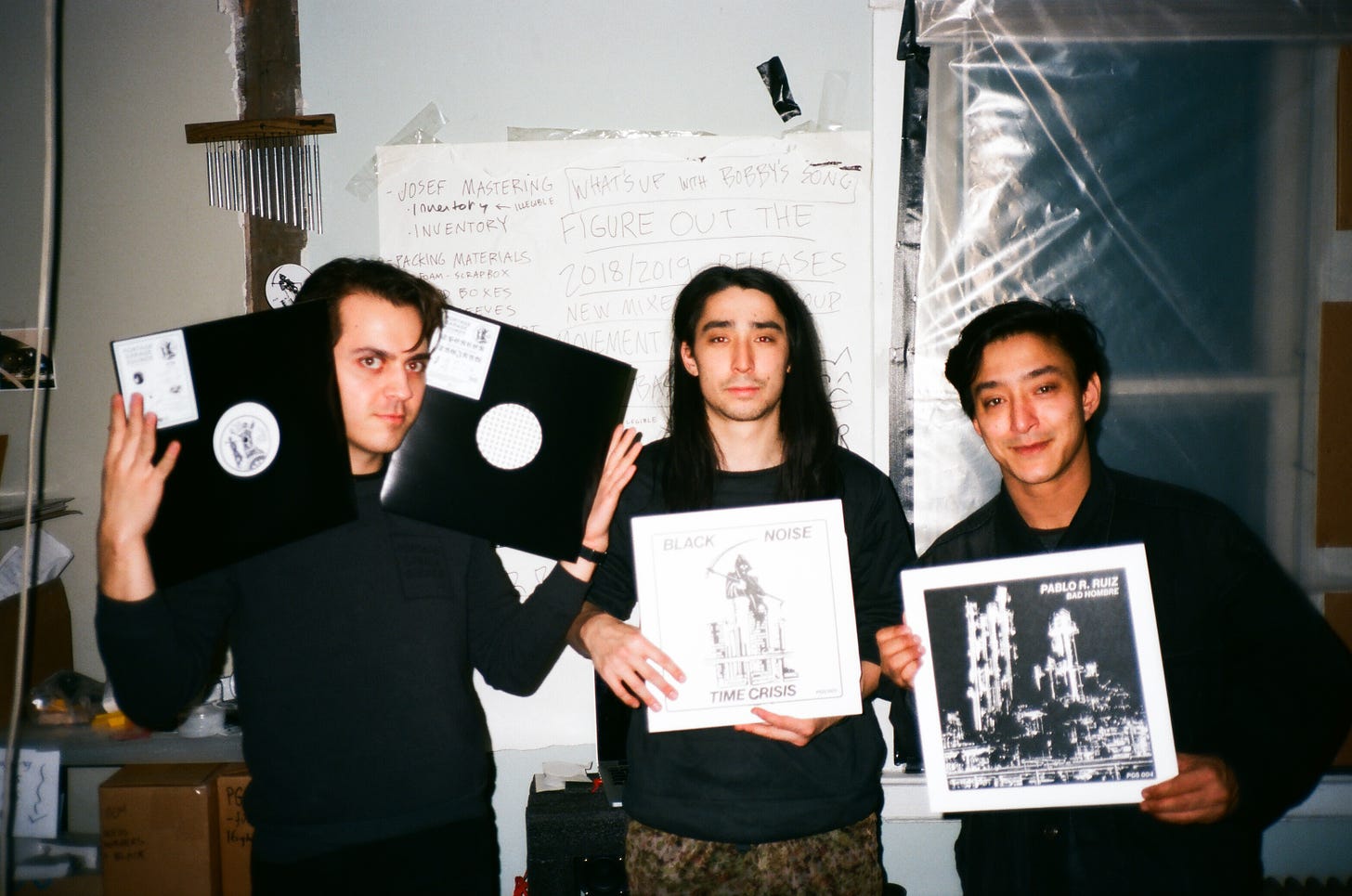
Getting back to his roots, and reflecting some of his Shigeto Live Ensemble dates, Zach recorded the closest thing to a proper Jazz record with Versions (GI-340, 2019), an EP where he reframed songs from his catalog with a Detroit band with an album cover by Tyree Guyton, founder of the famed Heidelberg Project. “I wanted to show how different these songs can be when you take away the computer and make it a band,” explained Saginaw. He kept this jazz streak going with his collaborative project Hotel San Claudio (2023) with Mark De Clive-Lowe and Melanie Charles.
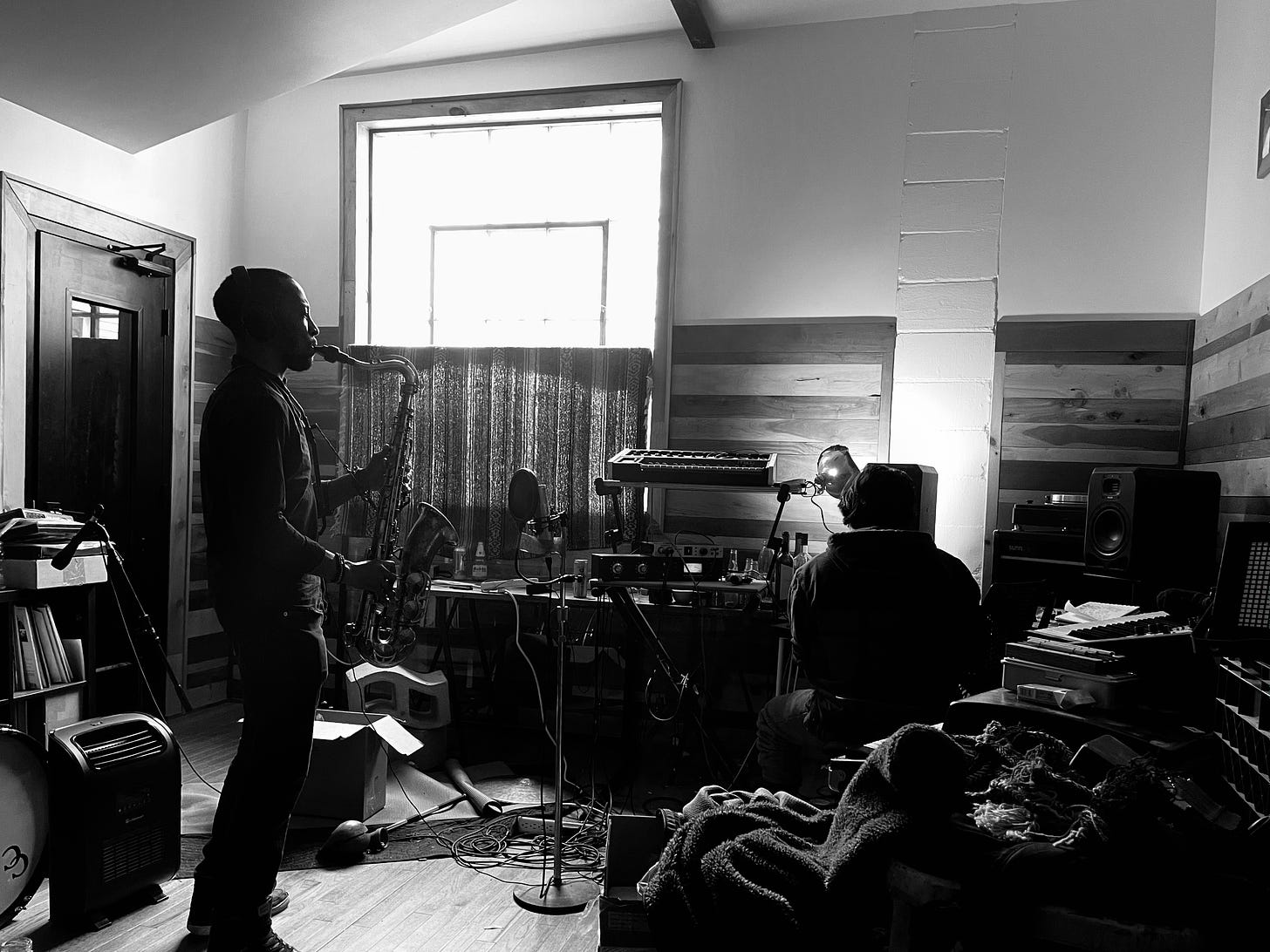
Zach’s new album has been long-awaited, with production stretching back into 2018, but it finally arrived this past week. The title, and a through line of Cherry Blossom Baby (GI-420), is one of reinvention and resilience, shorthand for the cherry trees that bloom every spring at Hiroshima, an enduring image of hope, resilience, and renewal, not too dissimilar to his beloved home city. Every track is a collaboration, a tradition forged in his Portage Garage studio sessions, but this time, the role of Shigeto feels more akin to a composer or producer, in the classic sense, drawing together his community, and giving it form. “Sonically I wanted to make this record feel like you could see multiple people in a studio." The album, designed by Vinnie Massimino, also features photos of the collaborators such as KESSWA, Ian Finkelstein, Dez Andrés, Marcus Elliot, Rapper Cleveland Thrasher, producer/DJ Tammy Lakkis, Guitarist Sasha Kashperko, and acclaimed harpist Ahya Simone. It’s a staggering crew and his finest album to date.
"A cherry blossom is regrowing, but it's always different too, and I'm speaking to that with all the different musicians on this record, getting everyone involved and honoring their contributions is part of that cherry blossom philosophy.”
Bonus Beats: YouTube bonus track for Zach’s mix:
“Laurence Williams (RIP) was a drummer which is why his compositions were so unique / complicated / groovy! Growing up in the Detroit Jazz scene, you’d learn this song as kind of a right of passage. I was taught by Vincent York. Many others learned this from Marcus Belgrave. I was told once that this track is so special because we don’t really have songs associated with location, there aren’t really any “nyc anthems” that aren’t standards. Detroit has true classics, that define the city’s sound.”


